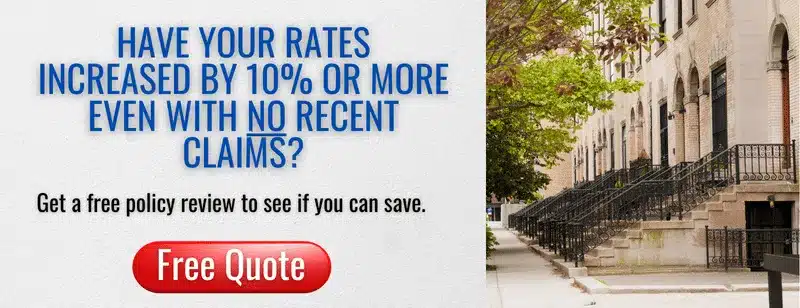Disaster Response Planning for New York City Landlords

An emergency can strike at any time, whether it’s a natural disaster, a gas line explosion, or something else. The time to review your disaster response plan is before an unforeseen event happens. Keep in mind that New York City requires landlords to maintain “habitable conditions” in residential properties, even after sustaining damage from storms or other incidents. Such conditions include providing electricity, hot water and, during winter months, heat.
Follow these tips to minimize disruption from a severe storm, a natural disaster, or some other emergency.
Emergency Planning for Landlords
- Create an emergency evacuation plan. Share the plan with tenants, and post it throughout the building. Include the location of emergency shelters in the area, as well as any available transportation for tenants.
- Ensure you have up-to-date contact information for building residents so you can check on tenants before and after an event.
- Similarly, make sure that the NYC Department of Housing Preservation & Development (HPD) has a 24-hour phone number and email address where you can be contacted before and after an event. (You can handle this online at the Property Registration website.)
- Post disaster response signage. Local law requires building owners who do not live on-site to post a temporary notice with emergency information in the common area. (You can use the HPD sample Emergency Notification form.) Display these notices at the following times:
- Before a weather emergency
- After a natural disaster
- Upon learning that a utility outage will last more than 24 hours
For more information about disaster preparation and response obligations, visit the HPD website.
Action Plan for Landlords After an Emergency
- Assess the damage to your property once the event passes.
- Contact your insurance provider to start the claim process.
- If the building sustains damage, inform tenants of any repairs, as well as the progress of repairs or any delays.
- To apply for federal reimbursement after a natural disaster, contact FEMA online or call 800-621-3362. But before you do this, read below.
If any city agency contacts you during or after an emergency, respond as quickly as you can. Assistance will reach you faster. In addition, city representatives may be able to guide you to city (and possibly state) resources that can help.
Disaster Assistance for Building Owners
“Does FEMA help landlords?” is a frequent question when disasters or emergencies strike. The answer is “yes.”
The Small Business Association (SBA) and the Federal Emergency Management Agency (FEMA) have teamed up to offer programs to help business owners and non-profits recover from disasters.
SBA provides low-interest disaster loans to businesses and homeowners located in a declared disaster area. These funds can be used for losses not covered by insurance or FEMA funding. For disasters declared after March 22, 2024, building owners can apply for SBA disaster relief without affecting their eligibility for FEMA assistance. (For disasters declared before March 22, 2024, FEMA may not provide money to businesses and individuals who may qualify for an SBA loan.)
It’s best to make sure your current policy will protect your assets before disaster strikes. To check your coverage or get a free insurance review, call our office at 877-576-5200.


Comments (0)